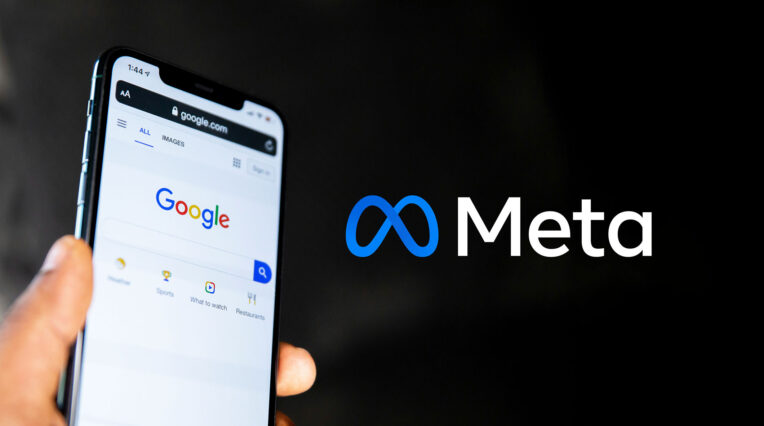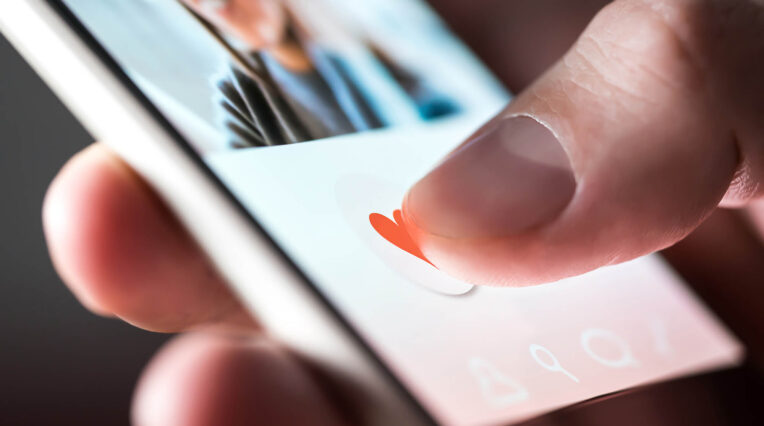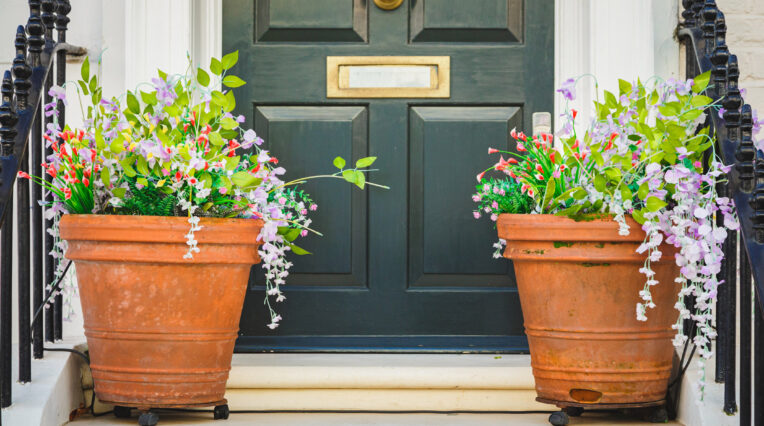News | 2/03/2012
What are QR Codes and why do we need them?
A QR (quick response) code is basically a glorified barcode and was originally designed for Toyota to track vehicles during the manufacturing process, due to their fast readability and high storage capacity for data.
Scan me and see where I take you!
Today however you can’t walk down the high street without seeing QR codes emblazoned on billboards or even on the packaging of your favourite chocolate bar. The most popular way of reading them for many people is through a smartphone application, some of which even have the ability to create codes with your own embedded data (with anything from a website address to GPS location information).
Needless to say QR codes can create a fantastic marketing opportunity. Companies are using them as a key part of their marketing platforms, including advertising their websites, updating consumers with real-time information and promoting special offers and competitions.
Below are five steps needed for a successful QR code marketing campaign:
Step 1 – Why are you doing it?
QR codes are about functionality and marketing. Anything that helps people with their day-to-day lives is going to deliver better results. Therefore you should be 100% sure about the purpose of your code:
- Are you looking to inform consumers about one product or a complete range?
- What are you hoping to get back – a phone call, an email, a ‘like’ on Facebook, a ‘follow’ on Twitter?
- Are you offering some sort of promotion or coupon to incentivise buyer behaviour?
- Is the purpose to make people aware of a video, product suggestions, a catalogue?
- Being clear about the purpose of your QR campaign is vital so you can keep on track.
Step 2 – What are you offering?
Once you have defined your campaign purpose, you need to let customers know what it is that you’re offering. This is usually done by a simple sentence next to your code, letting people know what they’ll find when they scan it.
It’s no surprise that if the pitch says things like ‘Scan here for a free gift’ or ‘Scan this code for a cheap price’ then your code will receive high scan rates. Just make sure you deliver what you’re offering, otherwise people will soon lose interest.
Step 3 – Make it look good
On first glance it may seem difficult to make a QR code look good, however codes can be altered in many different ways to increase their appeal.
Looks obviously matter in advertising, and you’ll find that people will scan a designer code far more than just a black and white mish-mash of squares. Don’t just stop at the code itself though, make sure the mobile landing page is up to scratch and looks just as good as the code.
Ideally use a mobile site as the landing page, they are FAR easier to navigate on a handheld device rather than a cumbersome desktop site with a billion links and animations. If you have to use a desktop site, make sure it is clean and simple and gets straight to the point, but it might be worth investing and going mobile – this also has the added advantage of being able to easily track campaign analytics.
Step 4 – What type of scans are you getting?
Contrary to what you might think, the number of daily scans your code gets isn’t as important as the engagement time your code is generating. If people are spending over three minutes (or more) on your landing page, then your code and campaign is a success. The idea is to get people more involved and, when users spend a lot of time on your QR site, you know you have developed something special (and the person feels like yours is a brand worth their interaction).
Also worth watching is how many scans your code is getting over time, if your code is displayed on packaging or on a display in a shop window – it should be getting a constant amount of scans; providing you keep the landing page fresh with new content. Although if your QR code is published in a magazine or on TV then you can expect to see a big spike of scans then not much else. If your scan rate isn’t what you expect after the first week, then there is something wrong with your placement or promotion.
Step 5 – Have you achieved what you set out to do?
Don’t forget to look outside your code and landing page, you need to look beyond the QR experience and assess your results:
- Did more users sign up to your Facebook page?
- Did your website receive more hits?
- Did you get more followers on Twitter?
- Did more people offer a unique code at your store?
The QR code experience really is a fantastic way to link the physical world of marketing with the mobile web, it is limited only by your imagination and, the more creativity you can employ with your campaign the better rewards you’ll reap.





